
New Words
1. 你 nǐ pron. (singular) you
2. 好 hǎo adj. good, fine
Nǐ hǎo!
A:你好!
Nǐ hǎo!
B:你好!
English Version
A: Hello!
B: Hello!

New Words
3. 您 nín pron. (polite) you
4. 你们 nǐmen pron. (plural) you
Nǐn hǎo!
A:您 好!
Nǐmen hǎo!
B:你们 好!
English Version
A: Hello!
B: Hello!

New Words
5.对不起 duìbuqǐ v. to be sorry
6.没关系 méi guānxi that’s OK,
it doesn’t matter
duì bù qǐ
A:对不起!
Méi guānxi!
B:没 关系
English Version
A: I’m sorry!
B: That’s OK!
Part 2 拼音 Pinyin
| 声母 Initials (1) | 韵母 Finals (1) |
|---|---|
| b p m f | i u ü er |
| d t n l | ia ie ua |
| g k h | e i ü |
| j q x | ai uai |
| ei uei (ui) | |
| ao iao |
汉语的基本声调有四个,分别是第一声(55)、第二声(35)、第三声(214)和第四声(51)。汉语的声调有区别意义的作用。
There are four basic tones in Chinese, respectively called the 1st tone (55), the 2nd tone (35), the 3rd tone (214) and the 4th tone (51). They make difference in meaning.
Read the syllables aloud and pay attention to the tones.
| ā | á | ǎ | à |
| ō | ó | ǒ | ò |
| ē | é | ě | è |
| ī | í | ǐ | ì |
| ū | ú | ǔ | ù |
| ǖ | ǘ | ǚ | ǜ |
3 汉语的音节 Chinese Syllables
汉语的音节一般由声母、韵母、声调三部分组成。一般来说,一个汉字对应一个音节。汉语的一个音节可以没有声母,但是一定要有韵母和声调。
A Chinese syllable is usually made up of an initial, a final and a tone. Generally speaking, one Chinese character corresponds to one syllable. A Chinese syllable can have no initial, but must have a final and a tone.
| 汉语的音节 Syllable | 声母 Initial | 韵母 Final | 声调 Tone |
|---|---|---|---|
| māo(猫, cat) | m | ao | ˉ |
| yú (鱼, fish) | ü | ˊ | |
| jiě (姐, elder sister) | j | ie | ˇ |
| èr (二, two) | er | ˋ |
• 注意: i和ü自成音节时,韵母前增加y,ü上的两点去掉;u自成音节时,韵母前增加w。
Note: When i or ü acts as a syllable by itself, y is added before it, with the two dots on the top of ü being removed; when u acts as a syllable by itself, w is added before it.
看图片,朗读下列单音节词语 01-6
Look at the pictures and read the monosyllabic words aloud.

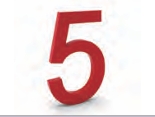
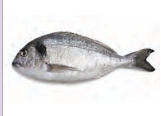
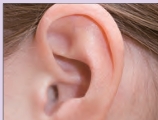





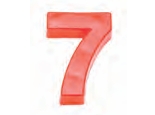


看图,朗读下列双音节词语 🎬 01-7
Look at the pictures and read the disyllabic words aloud.


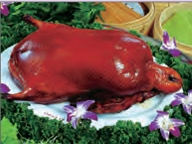
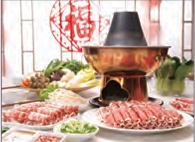




| 原调 | 连读 | 变调后 |
|---|---|---|
| nǐ (你) | hǎo (好) | ní hǎo |
| kě (可) | yǐ (以) | ké yǐ |
| fǔ (辅) | dǎo (导) | fú dǎo |
朗读下列词语,注意第三声音节的读音 🎨 01-8
Read the following words aloud and pay attention to the change in the tone of the 3rd – tone syllables.
| nǐ hǎo | kěyǐ | fǔdǎo | xiǎojiě |
| kǒuyǔ | yǔfǎ | Fǎyǔ | tǎo hǎo |
| liǎojiě | yǒuhǎo | yǒuǎn | shǒubǎo |
课堂用语 Classroom Expressions
| 上课! | Shàng kè! | Class begins! |
| 下课! | Xià kè! | Class is over! |
| 现在休息! | Xiànzài xiūxi! | Take a break now! |
| 看黑板! | Kàn hēibǎn! | Look at the blackboard! |
| 跟我读! | Gēn wǒ dú! | Read after me! |
汉字 Characters
1 汉字的笔画 (1):一、丨、丿、丶、乀 Strokes of Chinese Characters (1): 一, 丨, 丿, 丶, 乀
| 笔画名称 Stroke | 运笔方向 Direction | 例字 Example Characters |
|---|---|---|
| 一 横 héng horizontal |

|
一 yī one 二 èr two |
| 丨 竖 shù vertical |

|
十 shí ten 工 gōng work, labor |
| 丿 撇 piě left – falling |
 |
人 rén human 八 bā eight |
| 丶 点 diǎn dot |
 |
不 bù no, not 六 liù six |
| 乀 捺 nà right – falling |
 |
大 dà big 天 tiān sky |
2 认识独体字 Single-Component Characters
-
“一”,是汉字的基本笔画,也可单独成为汉字表示数量“1”。
“一” is one of the basic strokes of Chinese characters. The single-component character “一” means “one”.


-
“二”,表示数量“2”。
“二” means “two”.


-
“三”,表示数量“3”。
“三” means “three”.

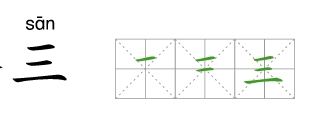
-
“十”,表示数量“10”。
“十” means “ten”.

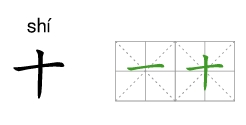
-
“八”,表示数量“8”。
“八” means “eight”.


-
“六”,表示数量“6”。
“六” means “six”.

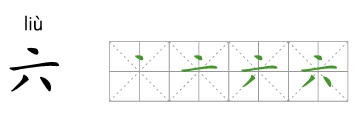





Comments